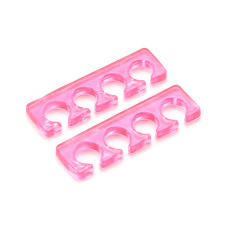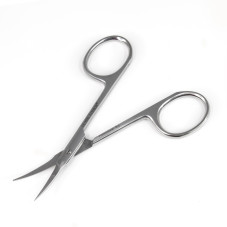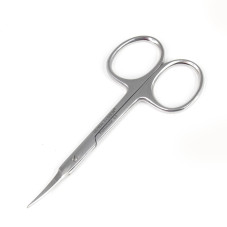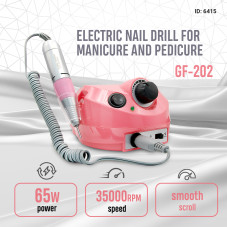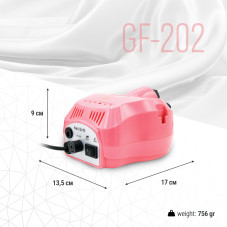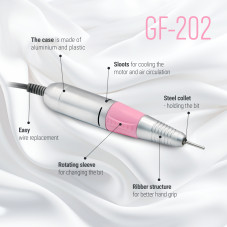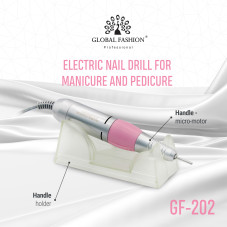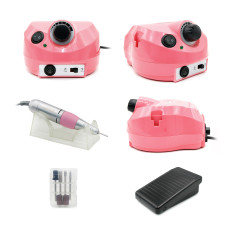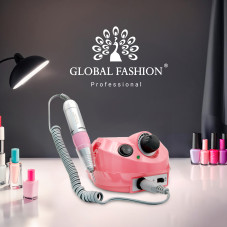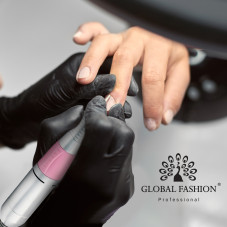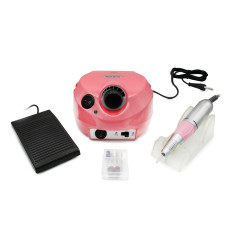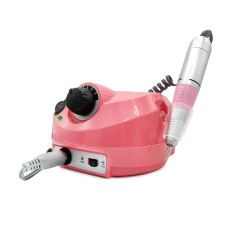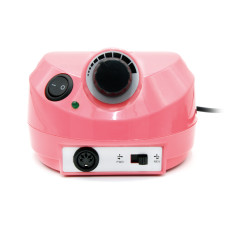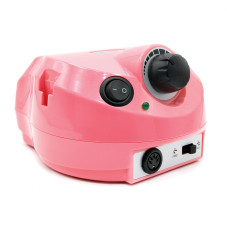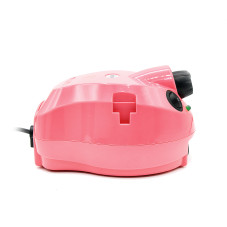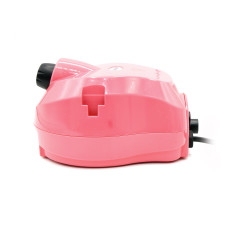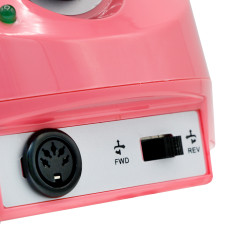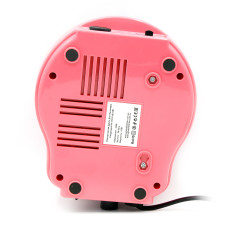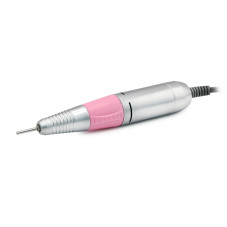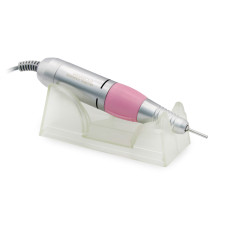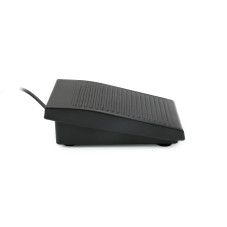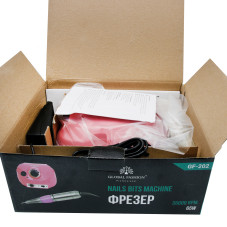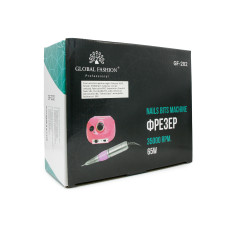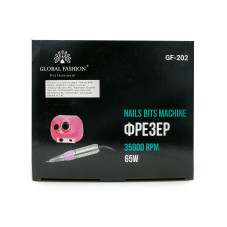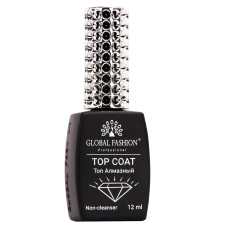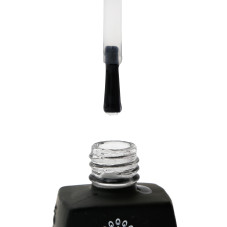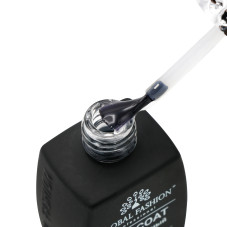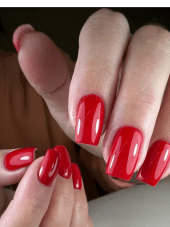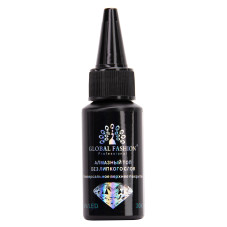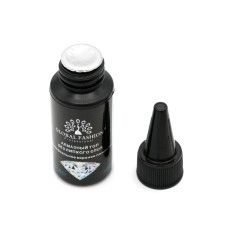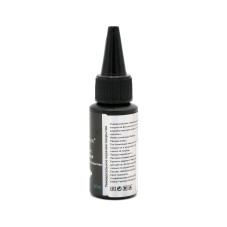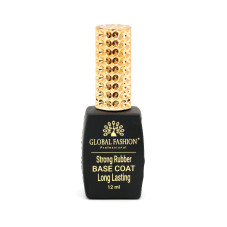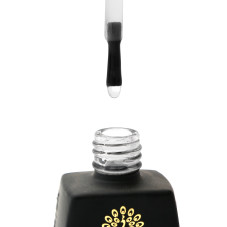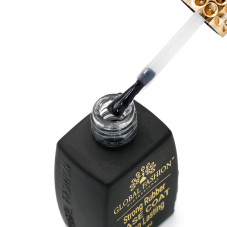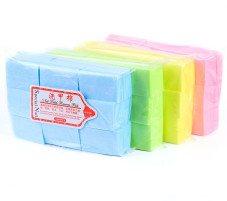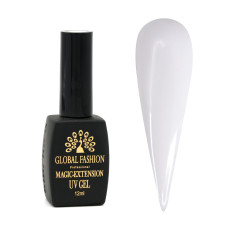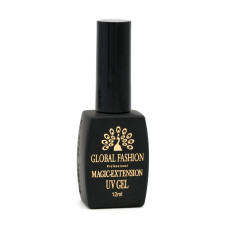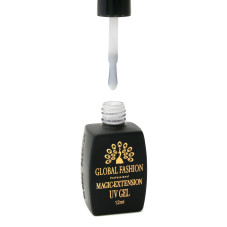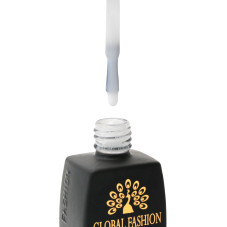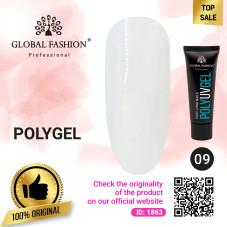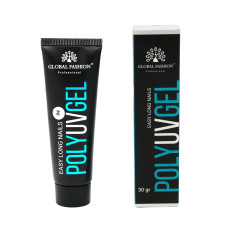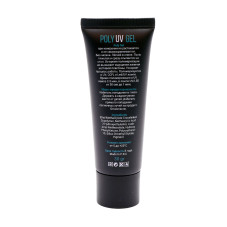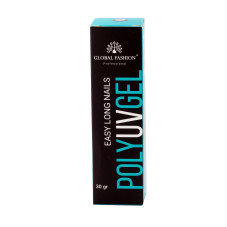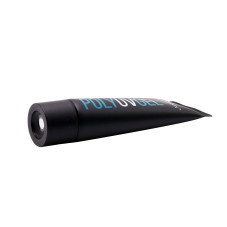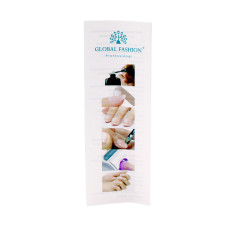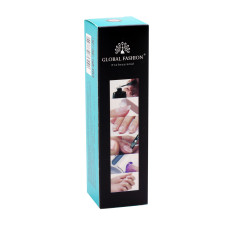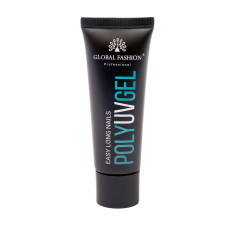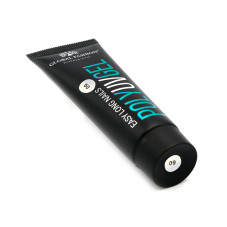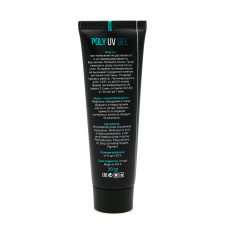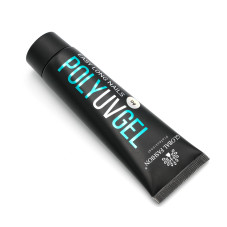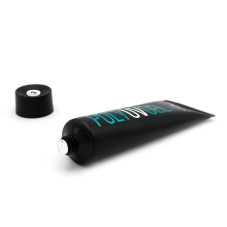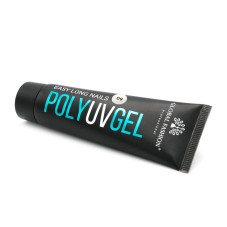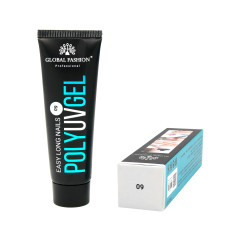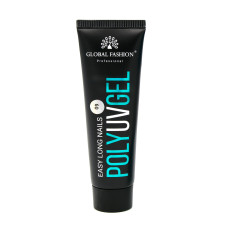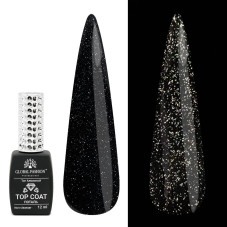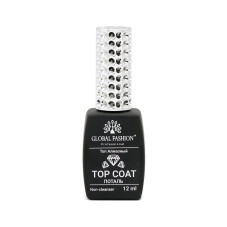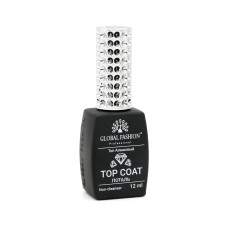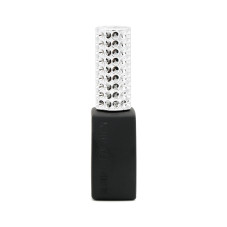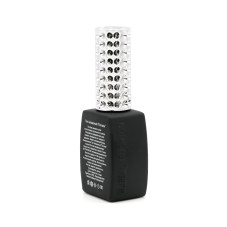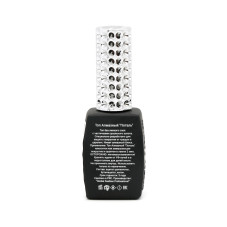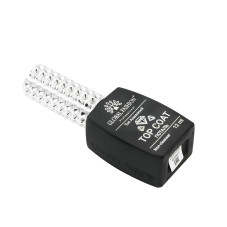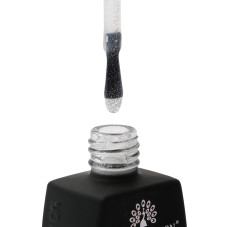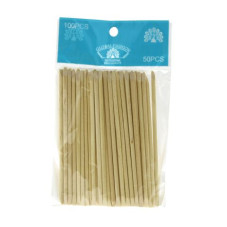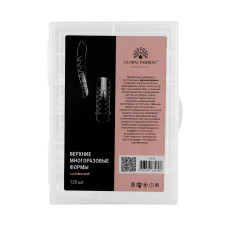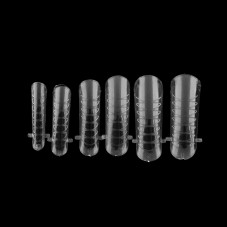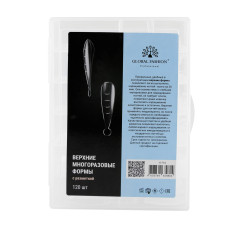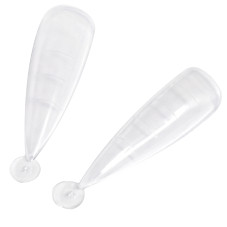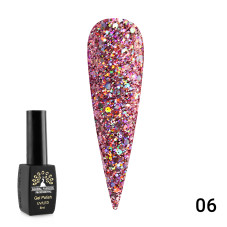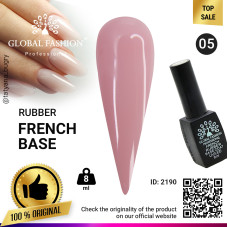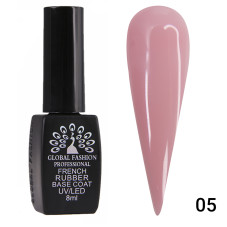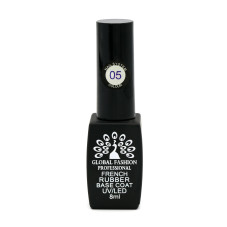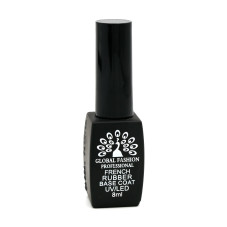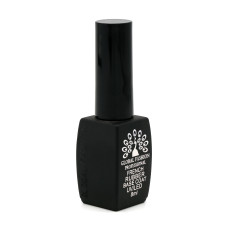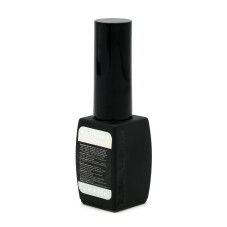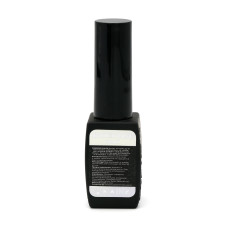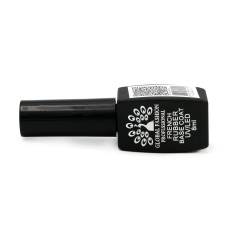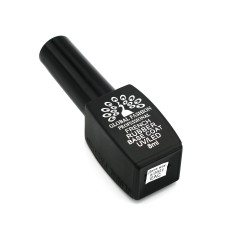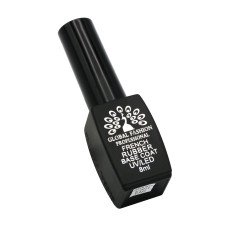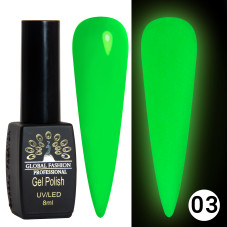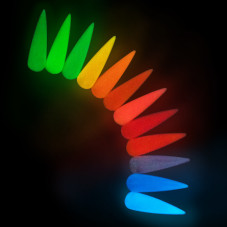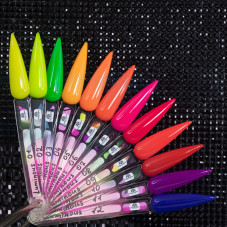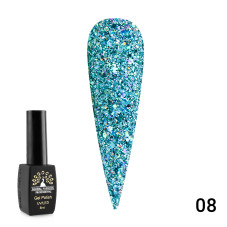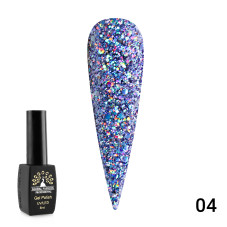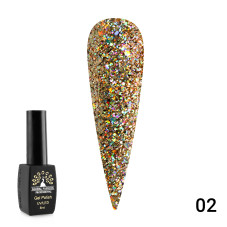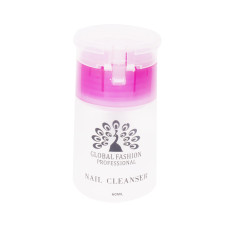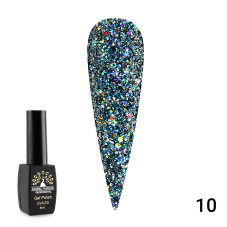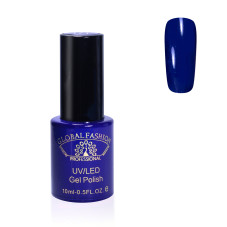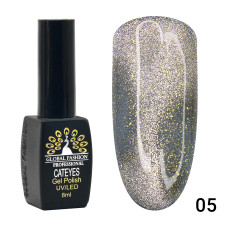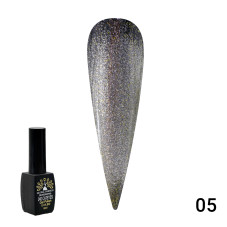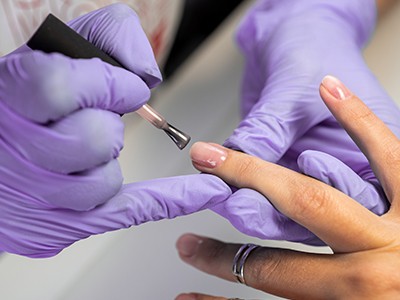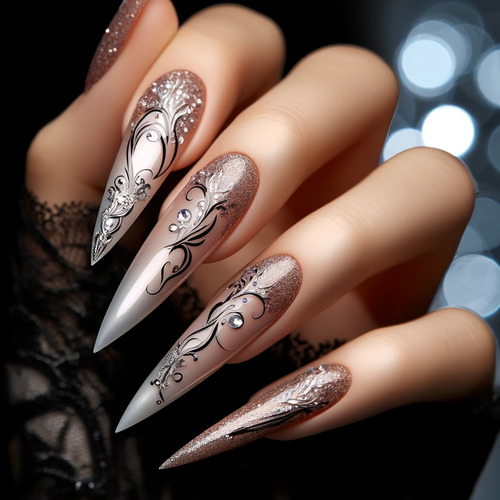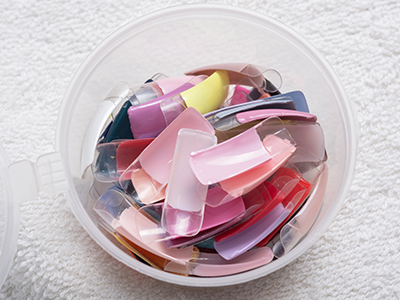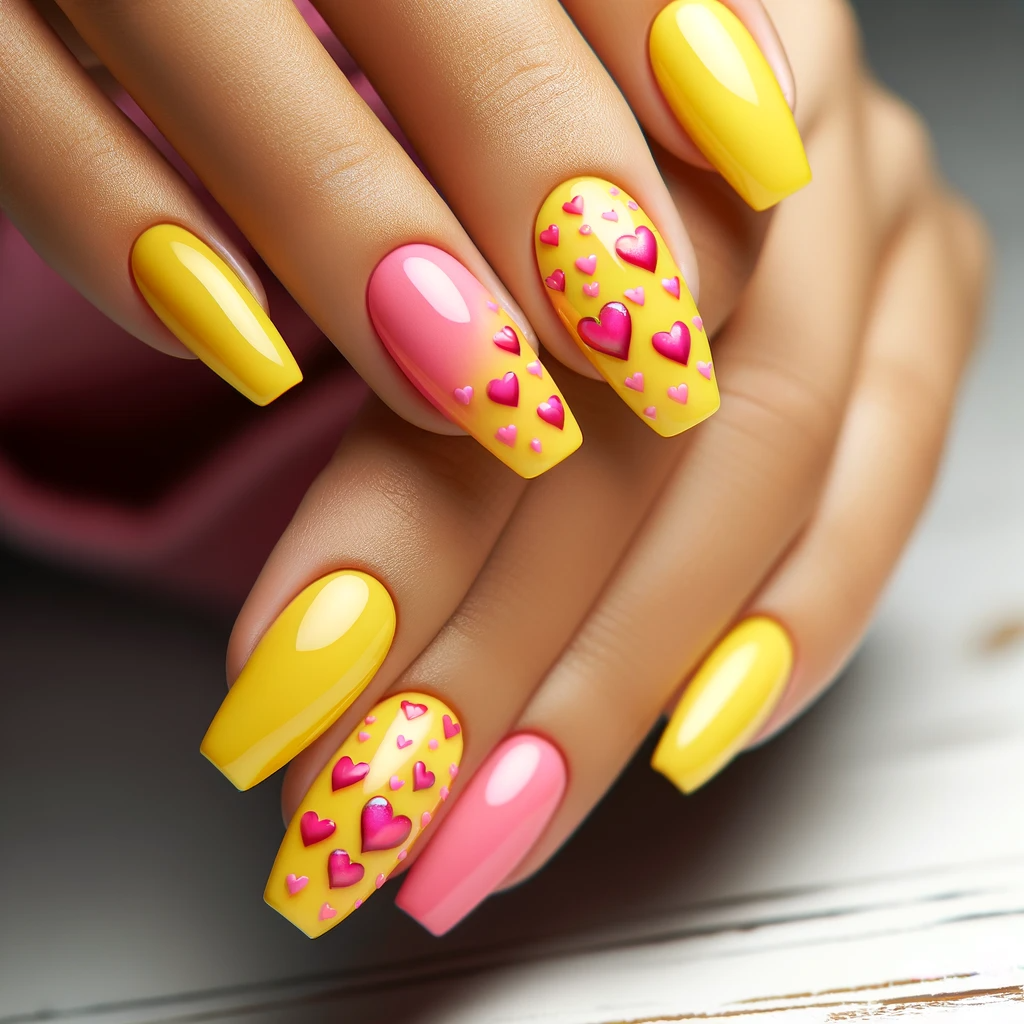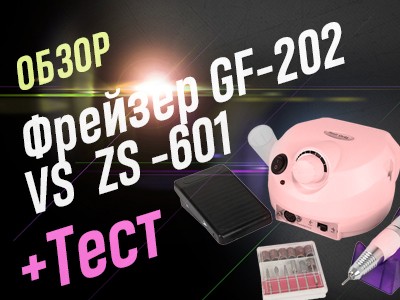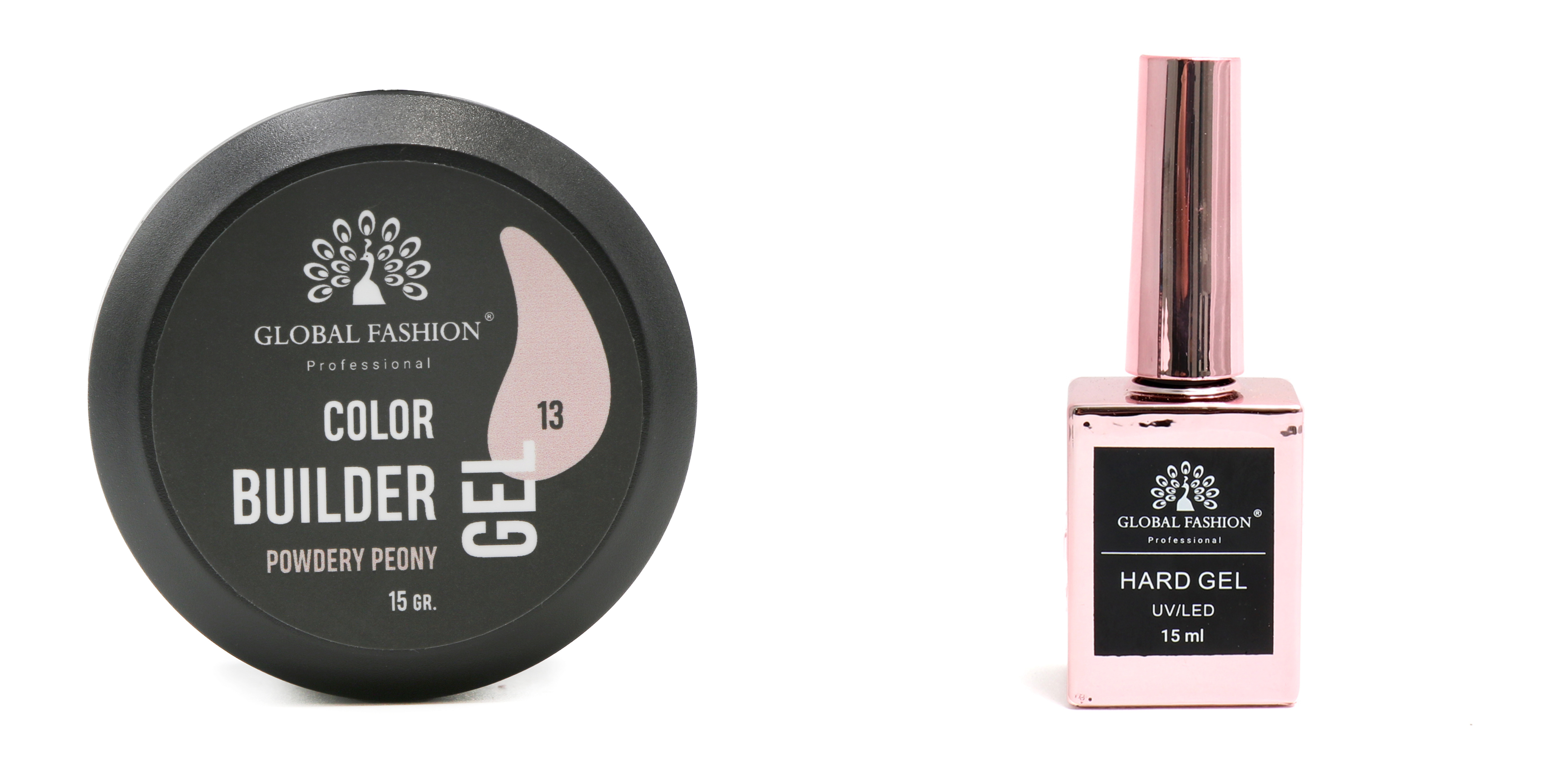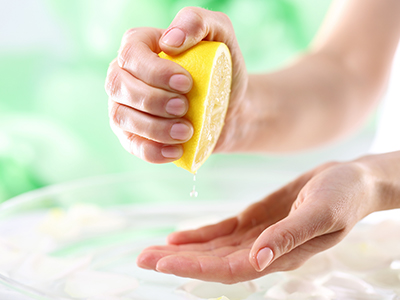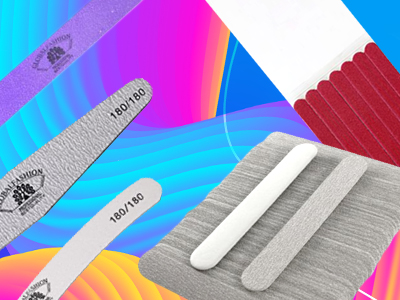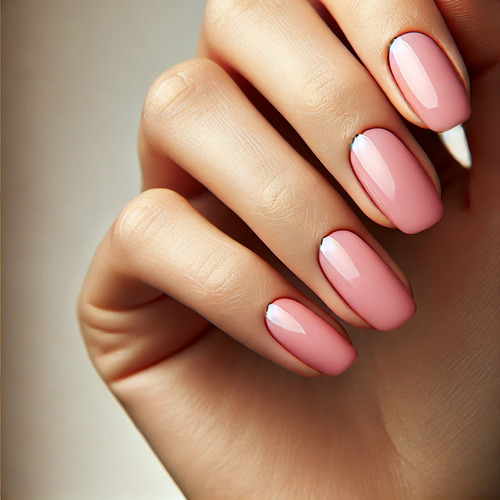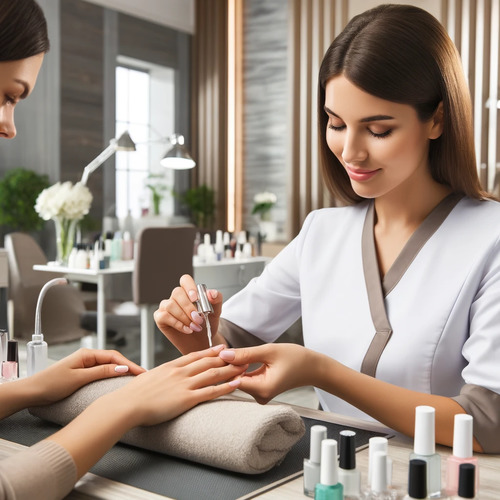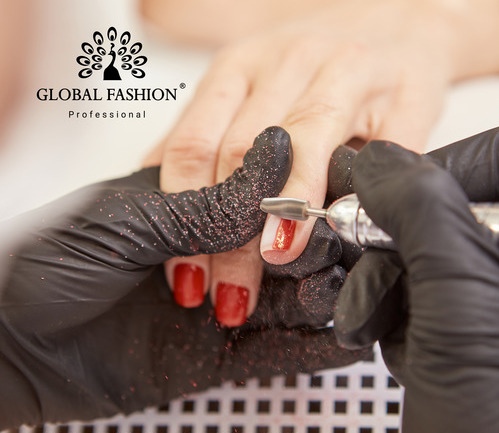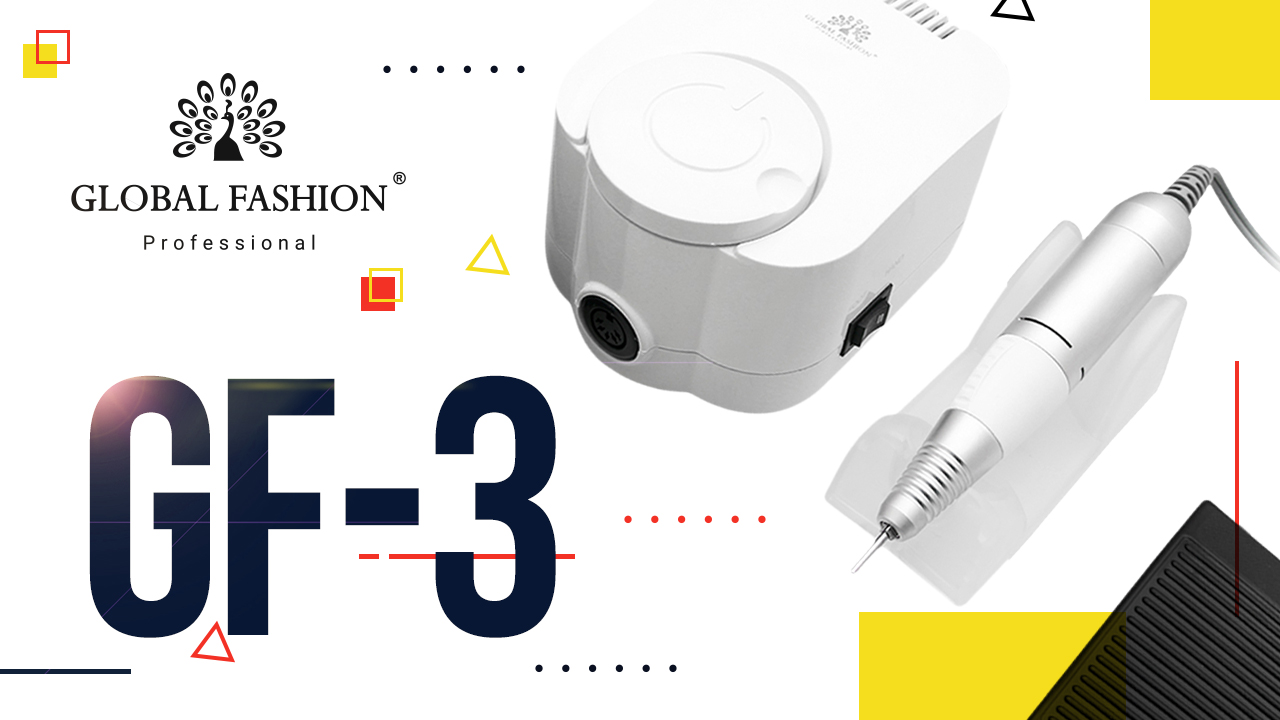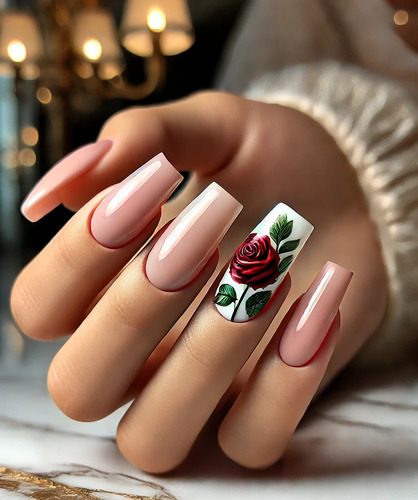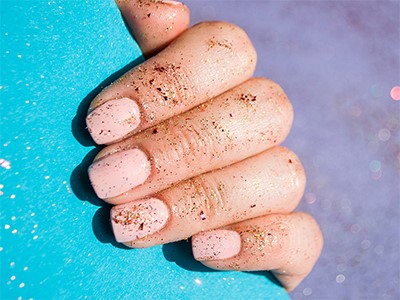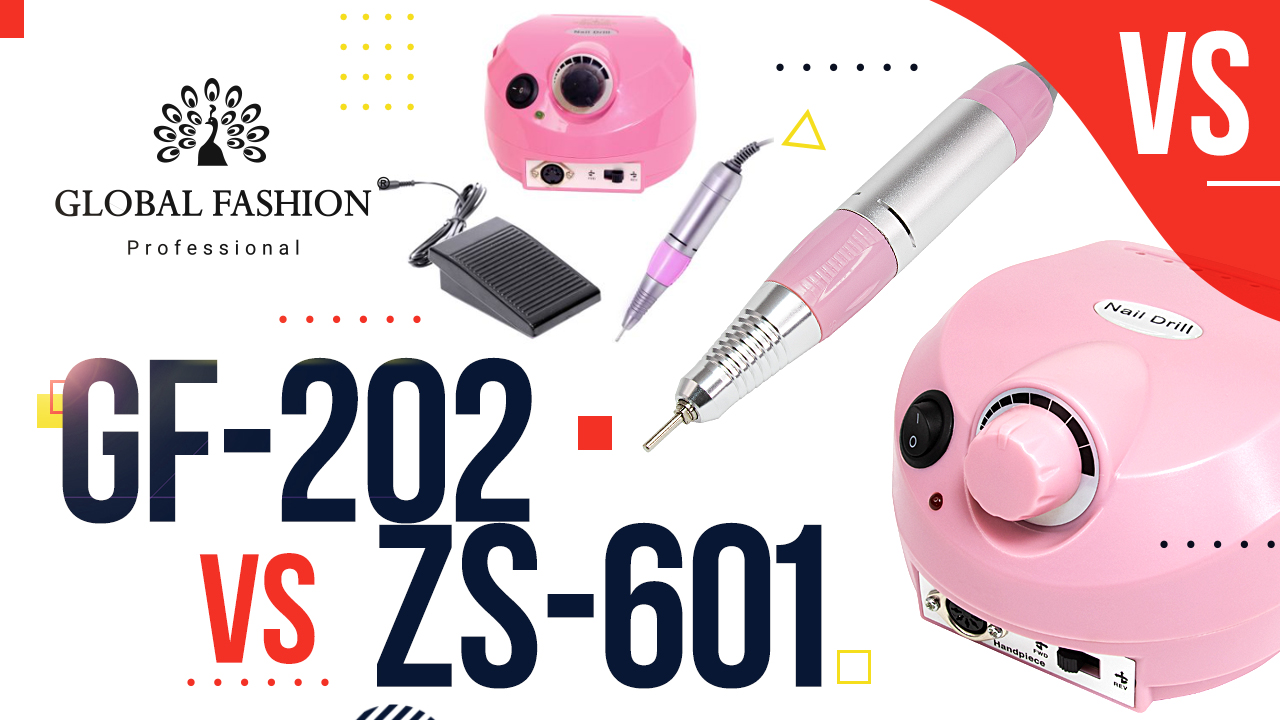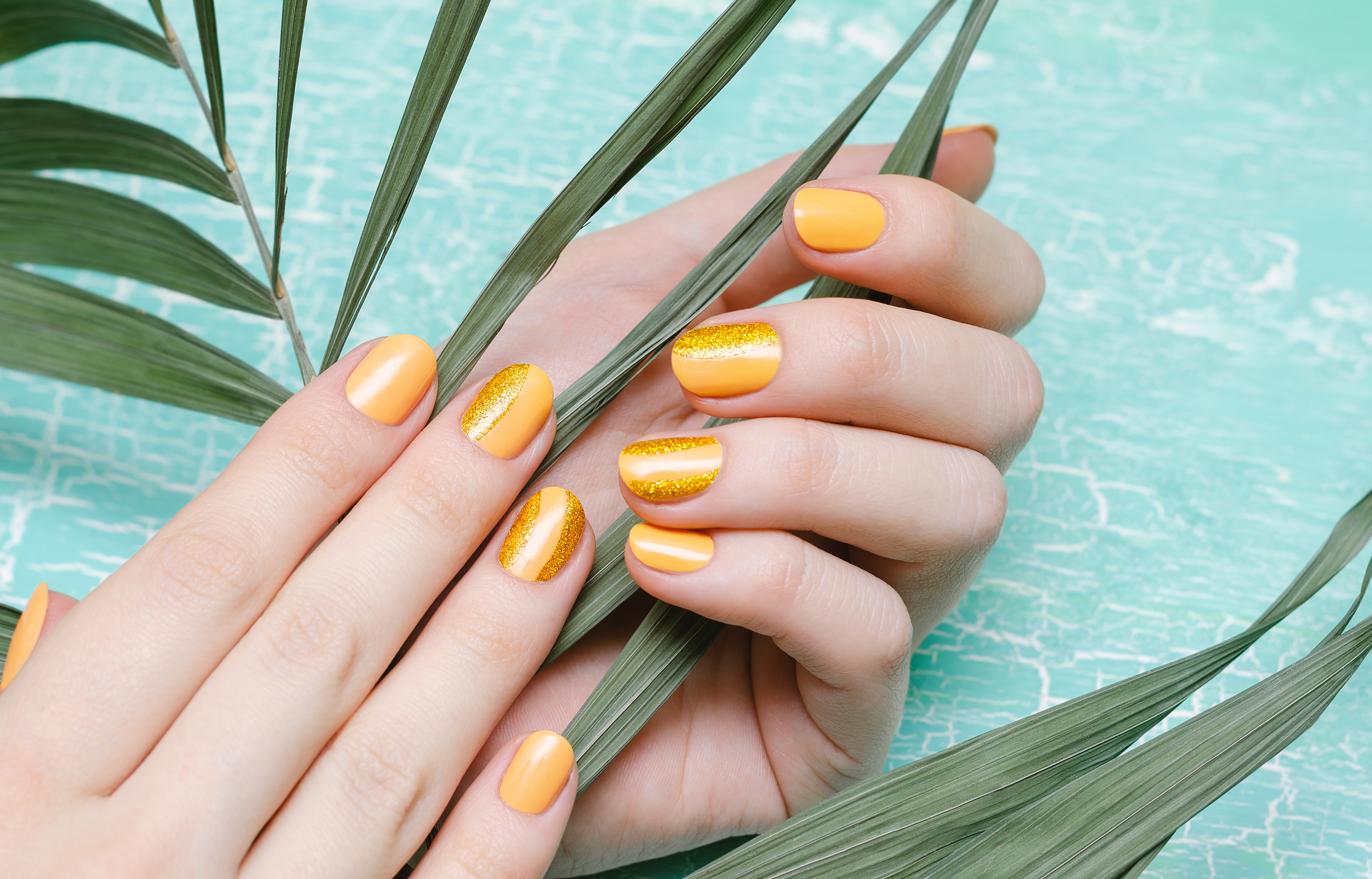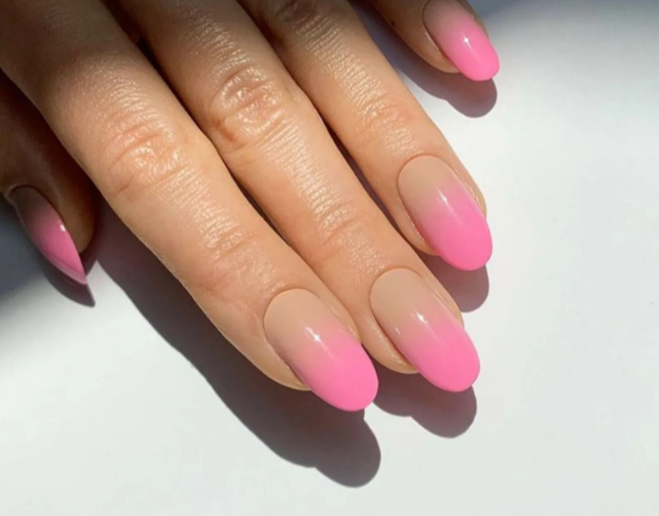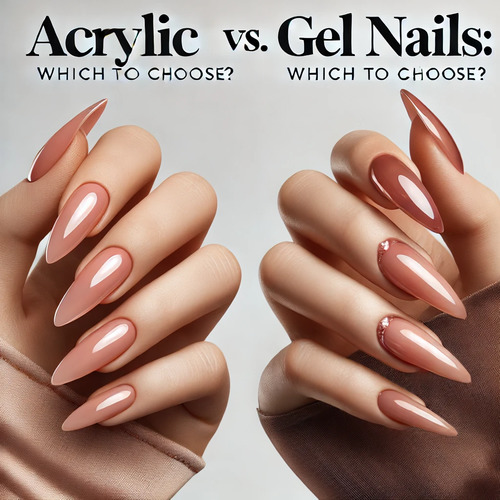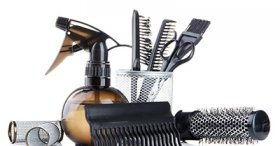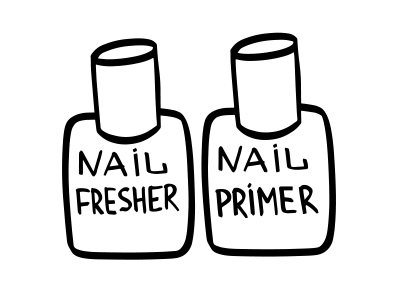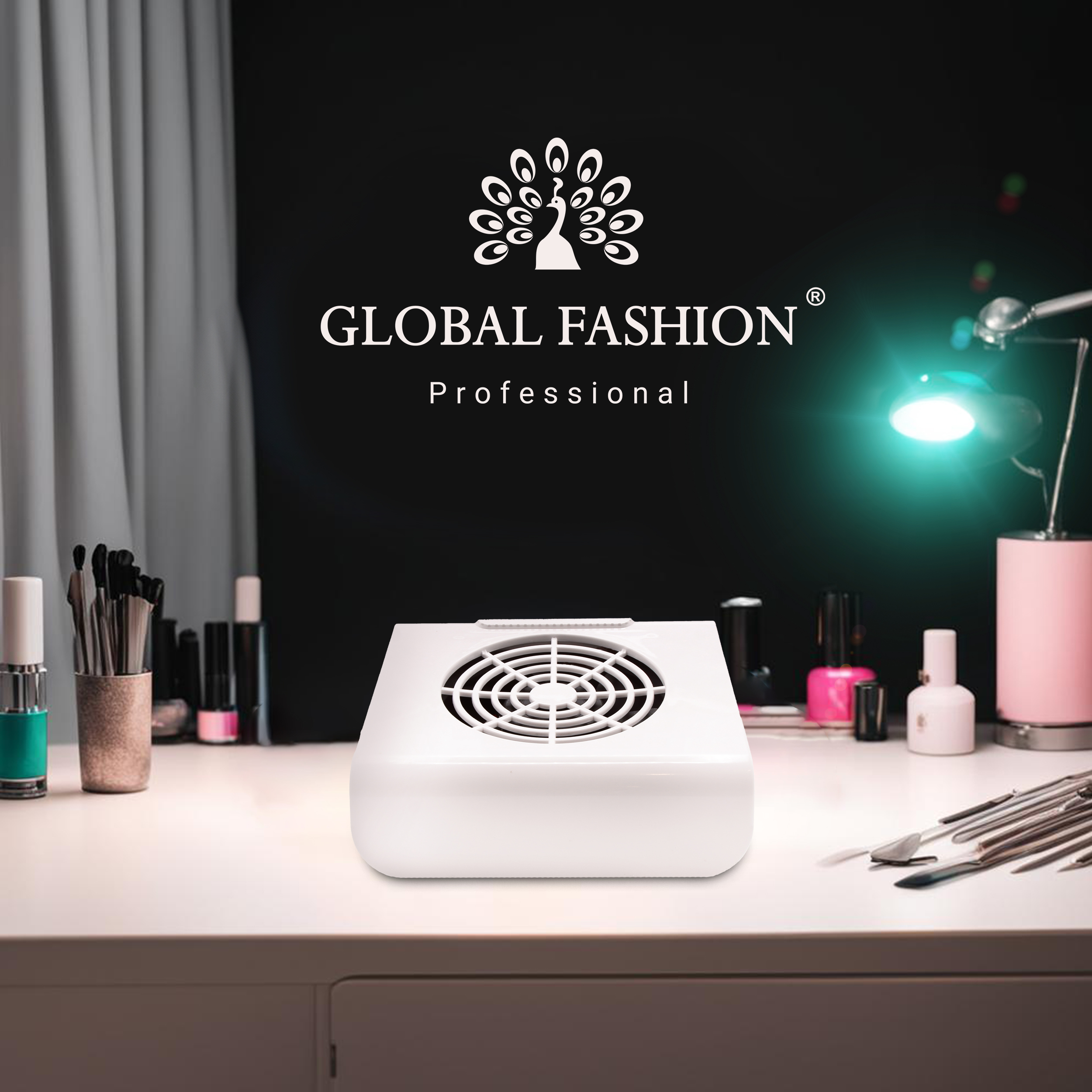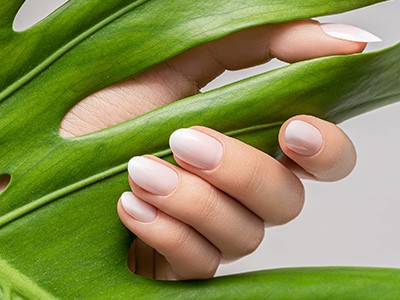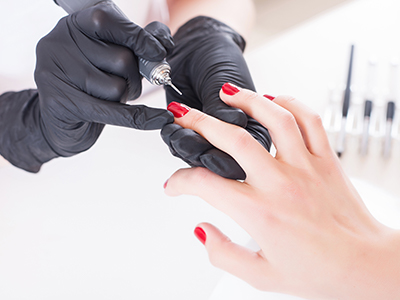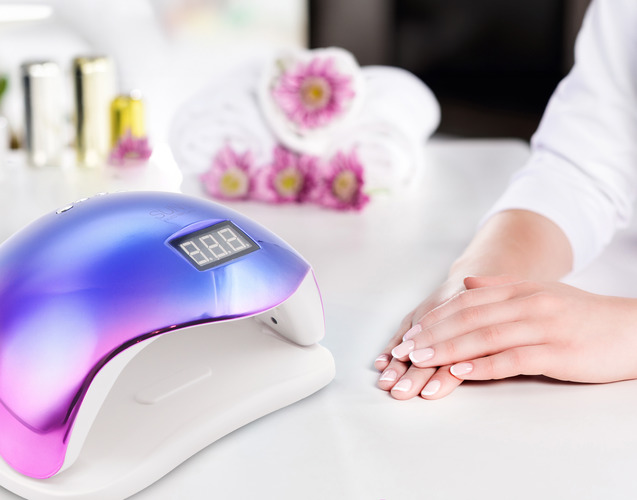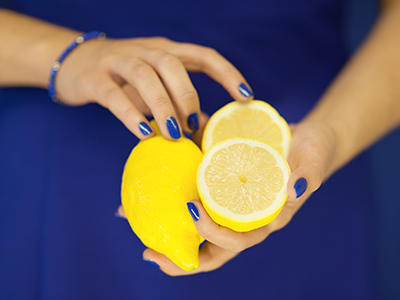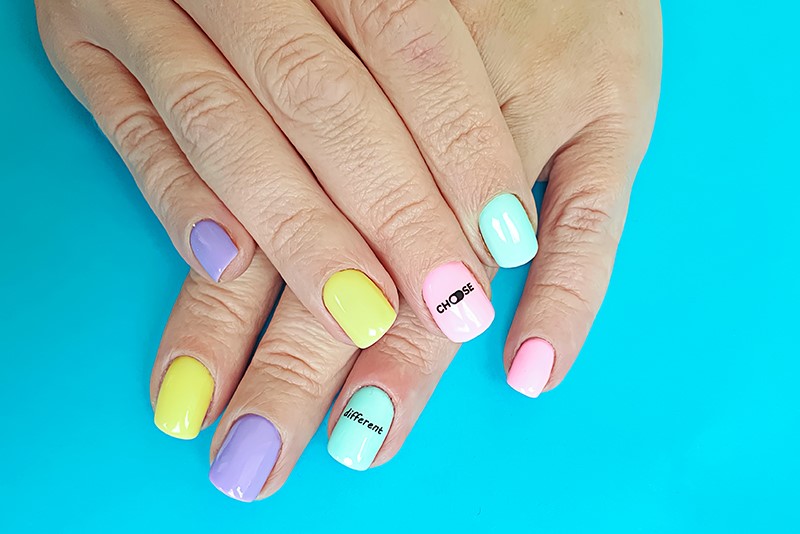Pedicure. What types are there
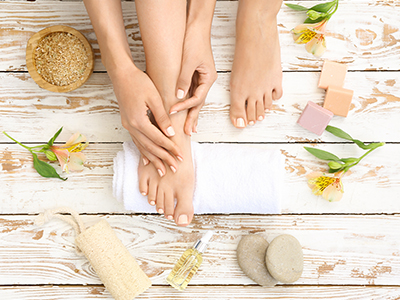
«Beauty will save the world», what do you think? In the modern world they say that they are greeted according to their «clothes» and escorted according to their «mind», therefore, in order to be met at the level, you must always look well-groomed regardless of the situation. It is clear that each person loves to take care of himself, and this is natural, but agree with the fair sex, somehow everything is different. Girls are ready to sacrifice a lot, just to be famous for their extraordinary appearance. Of course, branded clothing, various jewelry and a beautiful hairstyle are cool, but if your body is not well-groomed, then all this will not help you out. There are various body treatments, one of which is a pedicure. Many girls do pedicure only in summer, forgetting that in winter their feet also need care. There are several types of pedicure, in this article we will talk about them.
WHAT IS A PEDICURE?
Toenail pedicure or manicure is the generic term for toenail and toenail treatments. In another way, a pedicure can be called a foot manicure.
The standard procedure includes the following elements:
- removal of hardened skin.
- cuticle treatment.
- shaping the nails.
TYPES OF PEDICURE
1. Classic pedicureю.
2. European pedicure.
3. Hardware pedicure.
4. Medical pedicure.
5. SPA pedicure.
CLASSIC PEDICURE
The classic pedicure is also called «edged». And all because in such a pedicure, cutting tools are used. The classic pedicure technique involves treating nails and skin with nippers after softening it with water. With its help, you can cope with even the coarsest and driest cuticles and burrs. Despite the versatility of the procedure, the UN has a number of significant drawbacks: careless handling of the instrument can lead to cuts and even infectious diseases (such as AIDS and hepatitis) through the blood, if the master is not too careful and does not thoroughly disinfect his instruments. Therefore, it is extremely important to choose a trusted master, whose workplace will always be clean and tidy, and the instruments sterilized.
Step-by-step implementation of a classic pedicure:
- File your nails.
- Place your feet in a softening foot bath.
- Apply a pumice stone to your feet.
- Remove the cuticles and skin around the nails with nippers or scissors.
- Apply decorative varnish.
- Soften the skin with a nourishing oil or cream.
EUROPEAN PEDICURE
This type of manicure is also called «unedged». It's simple, the difference between European and classic manicures is the refusal to soften the skin with water and the use of cutting tools - scissors, nippers and other devices for removing cuticles. The skin is softened with special tools for removing cuticles and corns, and then removed with a stick or scraper. And after processing the leather, you can immediately start applying varnish. Thanks to this, the risk of damaging the skin and introducing an infection is reduced to zero, the treatment of the feet is completely safe. With regular procedures, the cuticle begins to grow more slowly.
Step-by-step execution of a european pedicure:
To put your legs in order, you need:
- Remove old varnish.
- Apply a special softener to the cuticle. Push back the remnants of the cuticle with an orange stick so that it looks neat.
- Sand rough and keratinized skin around the nails with a nail file.
- File nails, give them a neat shape. Treat feet with a softening compound.
- After 15-20 minutes, rub thoroughly with a pumice stone to remove the remnants of rough and dead skin.
- Apply a nourishing cream to the feet, massage so that the product is completely absorbed.
- Cover the nails with transparent protective or colored varnish.
HARDWARE PEDICURE
The hardware type of a pedicure does not involve the use of softening baths, removers, or files. The whole procedure is performed using a special apparatus. With this device, you can forget about calluses, corns and ingrown nails for a long time. The master carefully cuts off the keratinized areas with various nozzles-cutters, gives the nails the desired shape and even removes the gel polish. The advantages of this type of pedicure are that it is carried out without the use of water, which means that the risk of catching a fungal infection is minimal. In addition, the possibility of cuts and scratches when using this device is also excluded. With a hardware pedicure, only the keratinized layer of the skin is removed, while with a classic pedicure, dead cells are cut off along with living tissues. The disadvantage of this technique is the difficulty for self-repetition at home.
19 bought
ID: 6415
Free delivery +
2 747 с
It is worth noting that classic, European and hardware pedicures are aesthetic types. They have a number of contraindications. Namely:
- fungus (contraindication to coating).
- bruises, when a bruise or dent forms under the nail, a crack on the nail (contraindication to coating).
- deep cracks.
- heavily ingrown toenail.
- onycholysis (a disease in which the nail plate exfoliates from the tissue of the finger).
With such problems, there is an alternative - a medical pedicure. It is designed for problem feet and is performed by podiatrists.
ABOUT MEDICAL PEDICURE
The scheme of actions is the same as when performing a european pedicure. First, the master softens the feet with a special solution, and then begins processing with the apparatus. Depending on the severity of the disease, the procedure can last from 20 minutes to two hours. Accordingly, if you decide to do a medical pedicure for prophylaxis, the treatment with the device will be short-lived. At the last stage, regenerating and antifungal drugs are applied to the feet, and antifungal varnish is applied to the nails, if they have not been damaged or removed.
SPA PEDICURE
SPA is a water body treatment performed in a complex. SPA pedicure is a wellness care for feet, toes, nails, where baths, herbs and oils are actively used. SPA pedicure uses cosmetics containing an increased amount of natural ingredients. First, the master painlessly removes the dead cells. The client then takes a relaxing foot bath using essential oils. Then the client will receive a foot massage, in which special attention is paid to bioactive points.
Materials and accessories used in SPA pedicure:
1. Bath. It can be with a built-in temperature regime or a thermometer, an ordinary bath or a hydromassage bath. Such a bath, of course, wins, since it eliminates puffiness, improves blood circulation. Massage, aroma and infrared heating can be switched on.
2. Oil. Tea tree oil is best suited for its antiseptic properties. Nutmeg, ginger, or clove oils are also suitable.
3. Towels for feet.
4. Scrubs, masks.
5. Cream on an oily basis.
Basic stages of SPA - pedicure:
The technology of the procedure is approximately as follows:
- Steaming legs. After filling the bath with water, adding an antiseptic or oil, you need to steam your legs for about 7-10 minutes. The temperature regime should be maintained within 38-40 degrees.
- Cleansing. The master applies a scrub on a soft basis, which will rid the skin of keratinized particles without grater and pumice.
- Moisturizing. To moisturize the skin, you need to apply the mask to the feet for 10-12 minutes. The mask should be nutritious and contain only natural ingredients. Most often, in such procedures, products are used that contain mineral clay, aloe extracts.
- Massage actions. Blood flow to the feet improves, stress is relieved. Finally, apply a nourishing cream to moisturize your skin deeper.
Step-by-step execution of SPA - pedicure:
- Prepare water in the bath by heating it to 38-40 ° C.
- Place your feet in the water for 8-10 minutes.
- Dry your skin with a towel.
- Scrub the foot, paying attention to the heels, wash your feet with warm water.
- Read the instructions for applying the mask.
- Apply the mask to your feet, following the instructions. The mask can be applied on dry feet, or on slightly damp feet - this must be taken into account.
- After 8-10 minutes, wash off the mask, massage your feet for 12-15 minutes.
- Apply nourishing cream.
Contraindications
Of course, SPA - pedicure is a pleasant procedure, nevertheless it has contraindications. Namely, in the following cases:
- The presence of fungus on the nails.
- Pregnancy at any time.
- Varicose veins and thrombophlebitis.
- Rash of an allergic or unknown nature.
- Diabetes
Never forget to look after your feet!
Published: 09.12.2020 14:15
Times Read: 10712
6692 bought
ID: 3678
275 с
3345 bought
ID: 3688
491 с
2329 bought
ID: 1863
343 с
1494 bought
ID: 11773
196 с
240 bought
ID: 2190
208 с
-15%
194 bought
ID: 11951
196 с
-20%
